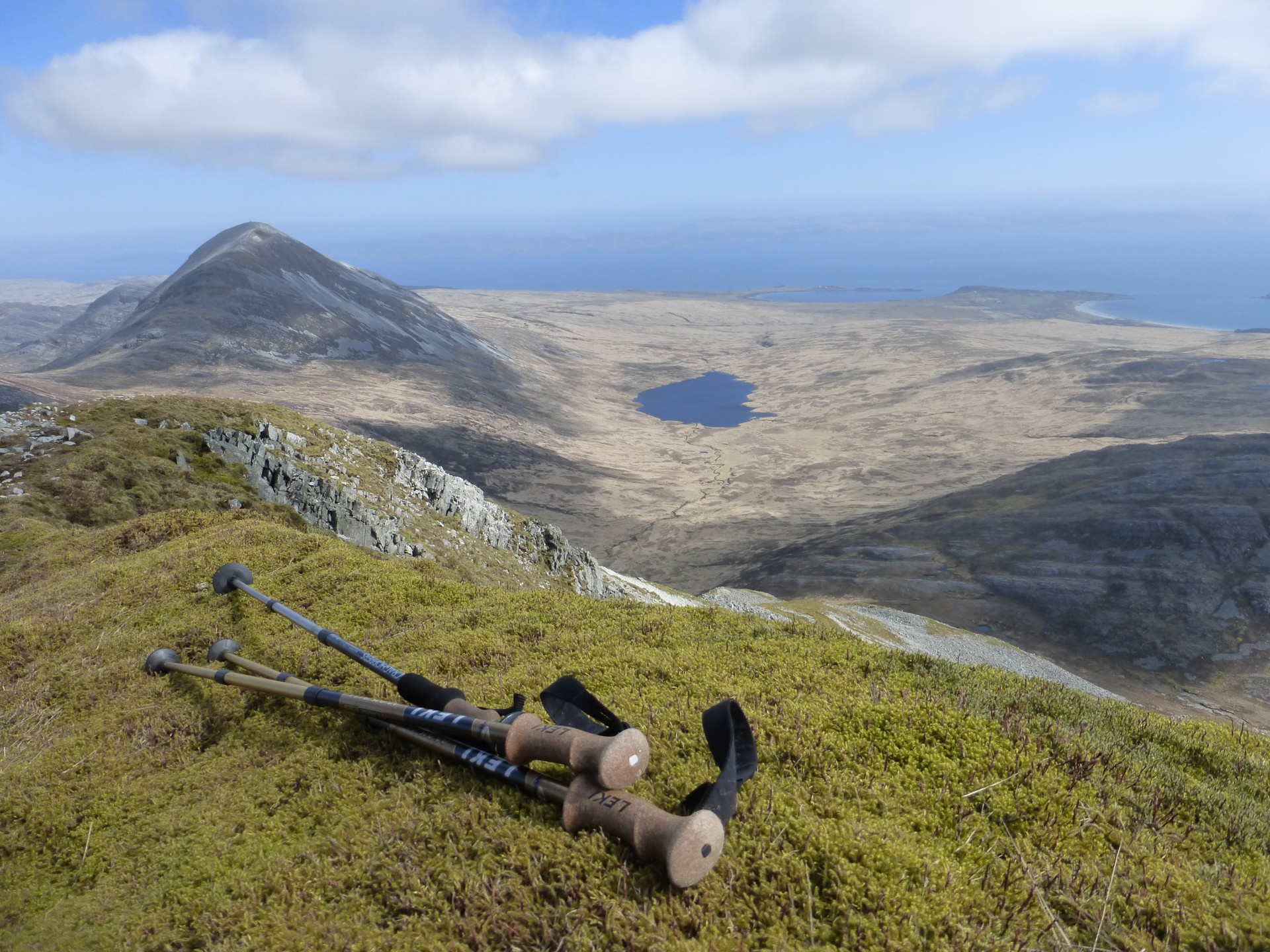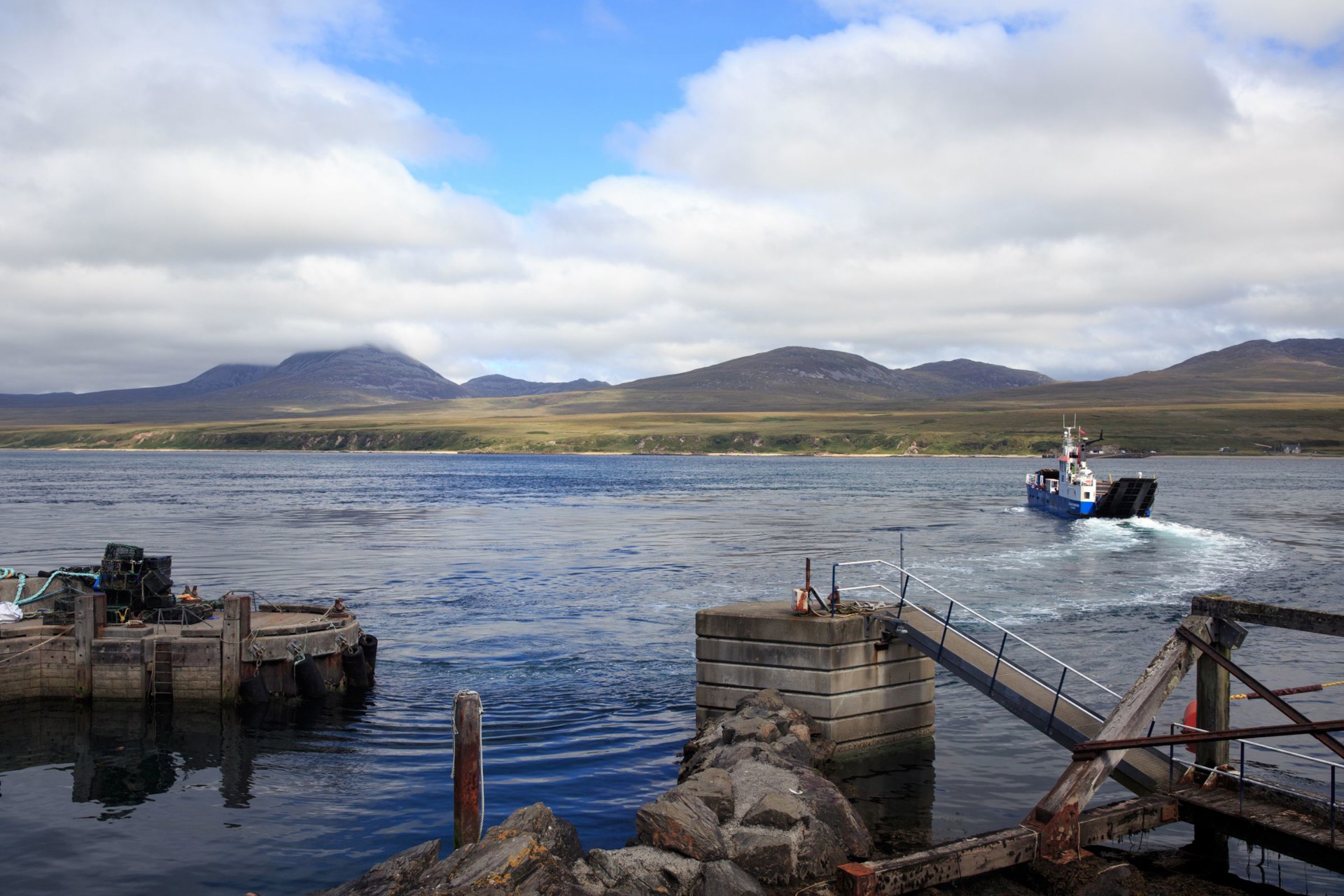Head to the Paps of Jura for an unforgettable hillwalking experience
Head up the Paps of Jura
Mountainous, rugged and sparsely populated, the island of Jura is perhaps the wildest of the Inner Hebridean islands. Its most famous and striking features are the Paps of Jura – three cone-shaped scree-clad mountains on the west of the island. They dominate the island landscape and can be seen from much of the surrounding area, including Kintyre & Gigha, and almost every other island in the Southern Hebrides.
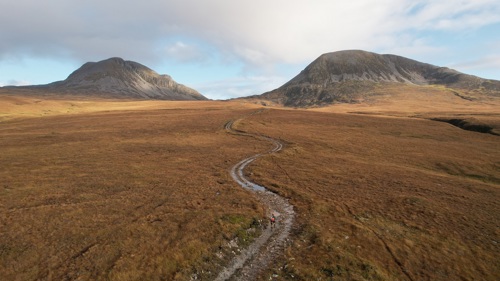
Beinn an Òir (‘Mountain of Gold’) is the highest of the Paps. At 2,575ft it’s classified as a Corbett. Beinn Shiantaidh (‘Holy Mountain) stands at 2,477ft and Beinn a' Chaolais (‘Mountain of the Kyle’) is the lowest of the Paps, at 2,408ft. Another hill, Cora Bheinn, stands to the north-east of Beinn Shiantaidh. It’s not considered one of the Paps, but is part of the same group of mountains.
Hillwalking the Paps of Jura - What you need to know!
The Paps of Jura offer fantastic, if challenging, walking. Scaling all three Paps must be one of the classic Scottish hill walks to tick off you list! The full round is about 16km, but give yourself a good nine to ten hours to complete it. Walking the Paps is tough going, with steep mountain terrain, loose scree and boulders and no continuous paths or way-marking. You need to be an experienced walker with good map-reading skills. There isn’t a fixed route, but rather a few different options. One of the simplest routes of ascent starts from Craighouse.
Of course you don’t have to scale all three peaks. Walk to the top of any of the Paps and you’ll be treated to the most breath-taking vista. On a clear day, the view from the top is simply stunning. To the north is Loch Tarbert, the northern half of Jura, the Garvellachs and Mull. To the northwest is Colonsay, to the east, Kintyre with Arran, Ben Lomond and the Cobbler. To the south of Islay and Northern Ireland.

Wildlife
And it’s not just the views that make walking the Paps of Jura worthwhile. You’re likely to see some wonderful wildlife too while you’re scaling these heights. Look to the skies to see if you can spot birds of prey circling above, including hen harriers, golden eagles, and sea eagles.
Golden Eagles
Since 2010 Jura has been designated by Scottish Natural Heritage as a Special Protection Area for golden eagles.
Deer Island
Jura is also home to around 5,000 deer and meeting these majestic animals upon the isolated hills is a fabulous experience. But remember, with all these deer around you it pays to be ‘tick aware’.
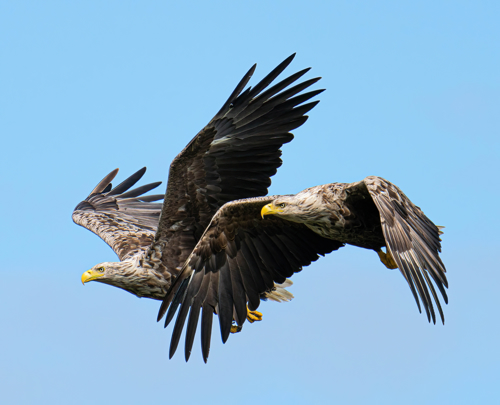
Isle of Jura Fell Race
If walking the Paps of Jura doesn’t sound tough enough, how about taking part in the annual Isle of Jura Fell Race? This 28km run, undoubtedly one of the toughest challenges in Scottish hill racing, includes all three Paps and four other hills. It’s a true test of mountain craft, athleticism, and fell-running technique.
Getting to Jura
Most people get to Jura via Islay. The islands are separated by the Sound of Islay, a half-mile-wide stretch of water. The ferry runs from Port Askaig on Islay to Feolin on Jura. On the crossing, which takes about ten minutes, you’ll be treated to great views of the Paps of Jura! The other option is to catch the passenger ferry from Tayvallich in mid-Argyll to Jura. It runs from Easter until the end of September.
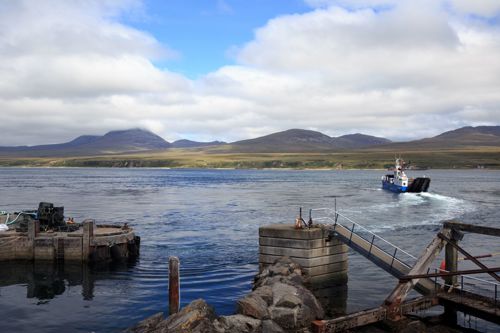
Where to stay in Jura
There are a number of self-catering holiday cottages and chalets on Jura, as well as some B&Bs. Or you could stay at the popular Jura Hotel, which serves up excellent Scottish breakfasts that will set you up nicely for a day on the hills. If you prefer a self-catering option, Lorne Cottage is a brilliantly located, traditional cottage with stunning views over Small Isles Bay. You can also wild camp on Jura, but make sure you do it responsibly. On the remote and uninhabited west coast of Jura, you’ll find three bothies, Glengarrisdale, Ruantallain, and Cruib Lodge.
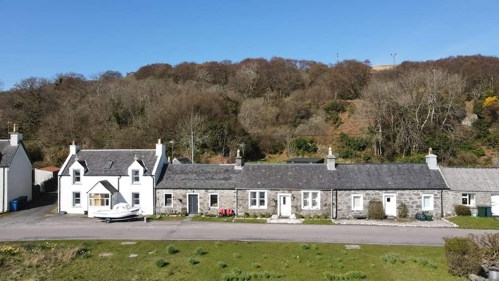
Lorne Cottage near Craighouse Village.
